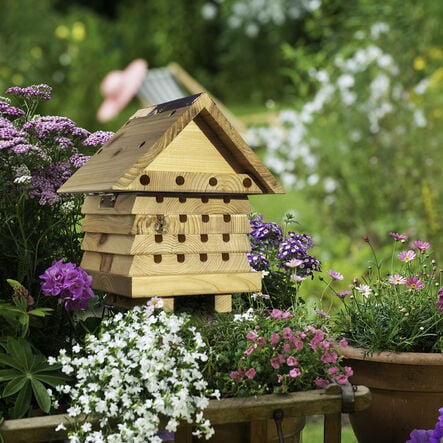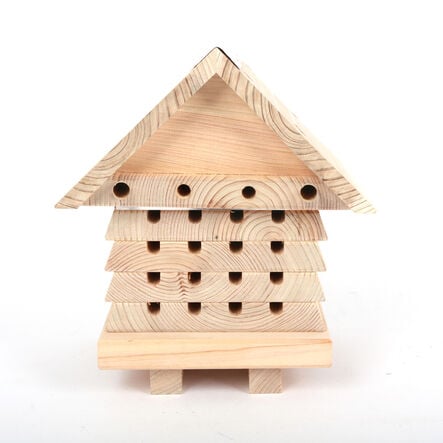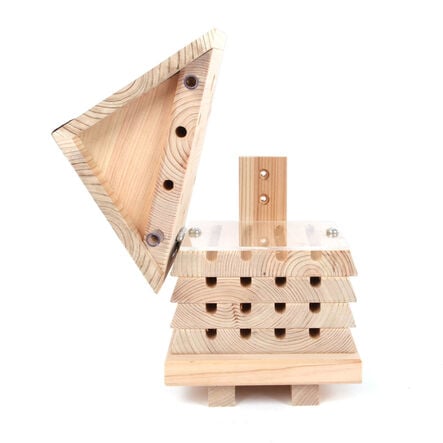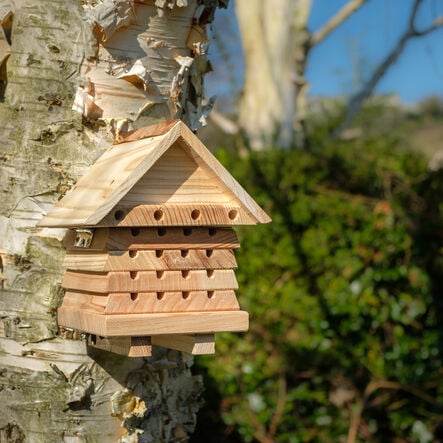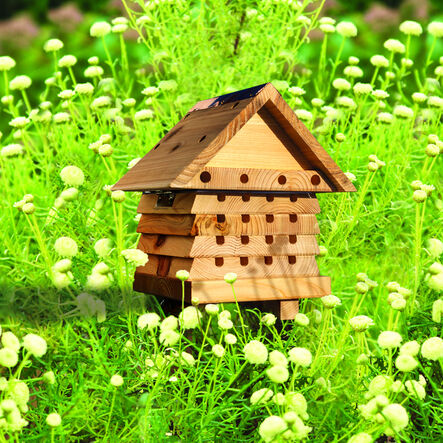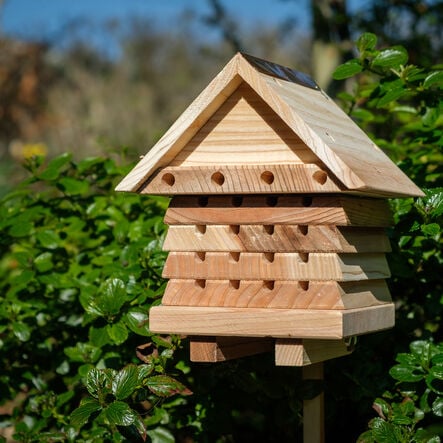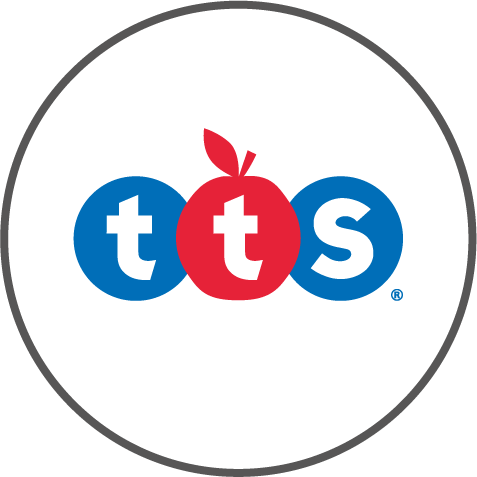Solitary Bee Flip Top Hive
https://www.tts-group.co.uk/solitary-bee-flip-top-hive/1051685.html Product Code: SN45611Product Actions
Product Information
Overview
-
Perspex,
Timber
Material
Sizes and Measurements
-
155 mm
-
210 mm
-
1.06 kg
-
180 mm
-
H210 x W180 x D155mm
Depth
Height
Weight
Width
Dimensions
Helping to Support Teaching and Learning
-
Unique Design
The unique design enables safe and non-invasive viewing. The roof section flips up to reveal a Perspex covered tray for easy monitoring of larvae development and nest activity.
-
Safe Habitat
Provides a safe habitat for solitary bees. Modern garden areas often lack such environments, so this hive helps support local bee populations.
-
Non-Swarming Bees
Designed to attract non-swarming bees such as the Red Mason bee and Leafcutter bees. This makes it ideal for school gardens and outdoor learning environments.
-
Wildlife Observation
Great for wildlife observation in school gardens. It allows children to safely observe and learn about the behaviour and lifecycle of solitary bees.
-
Living Things & Habitats
Supports the Year 2 Science curriculum by helping children identify and name a variety of plants and animals in their habitats, including microhabitats.

